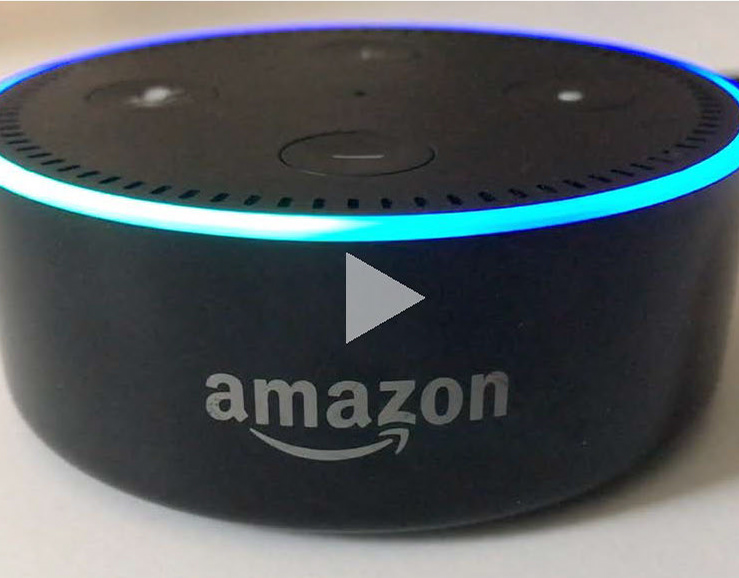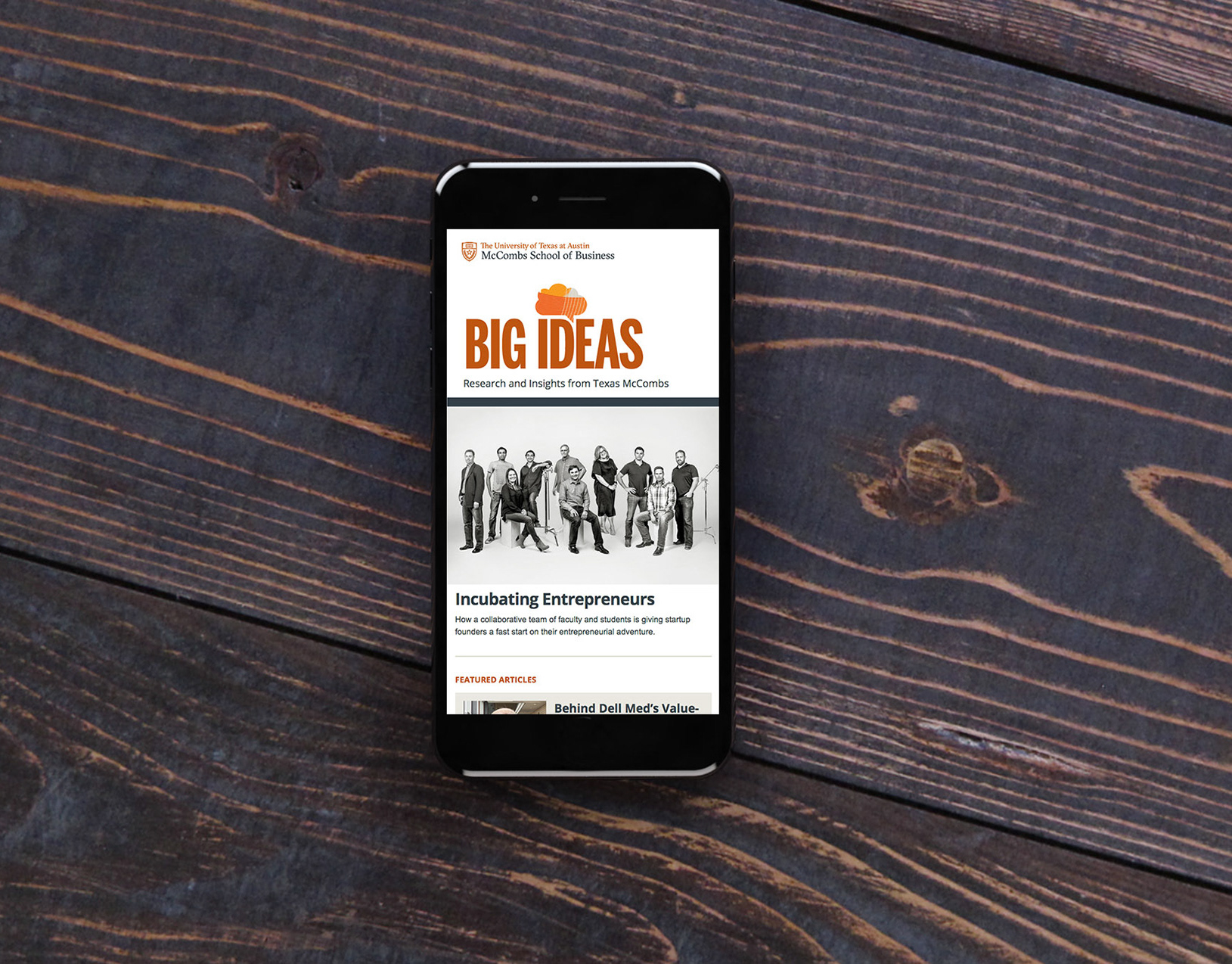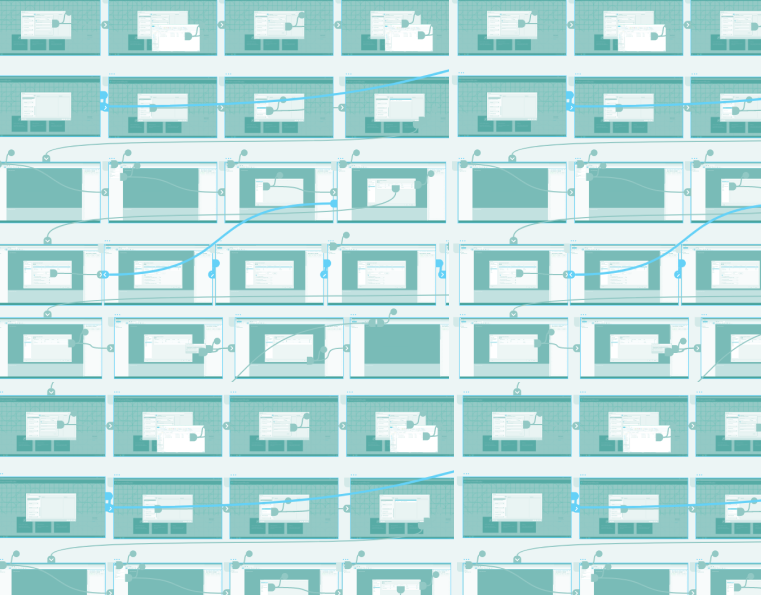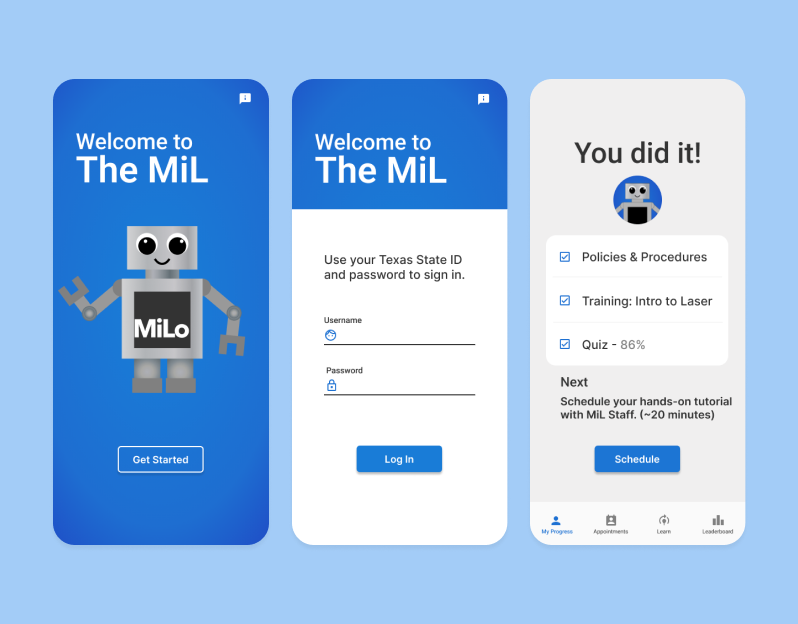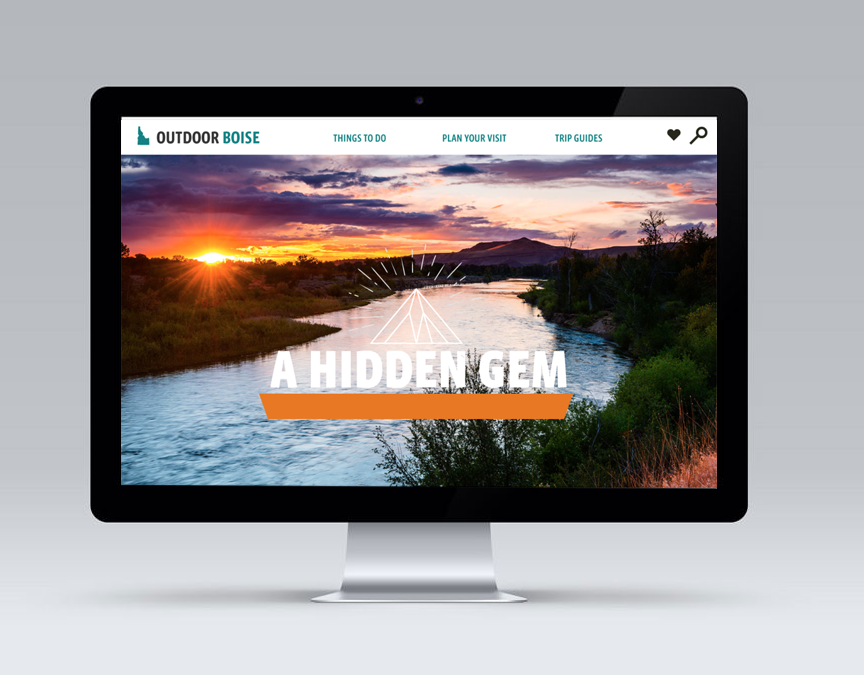The problem:
InStrumentStudio users need the ability to remotely control their hardware from a different machine.
The solution:
Utilizing gRPC, users can connect and share test systems, and take interactive measurements without stepping foot on the test floor.
The impact:
• Eliminates the need to install drivers on local devices.
• One of the most highly anticipated features from users.
• Estimated to help NI reach an additional ~$324M in Serviceable Available Market (SAM) over the next three years.
My role:
Innovative Research and Collaboration:
• Conducted in-depth research on remote connection methods and product landscapes.
• Facilitated collaboration among cross-functional teams to incorporate diverse perspectives.
• Conducted in-depth research on remote connection methods and product landscapes.
• Facilitated collaboration among cross-functional teams to incorporate diverse perspectives.
Comprehensive Design Leadership:
• Led the design process from low-fidelity workflows to high-fidelity prototypes.
• Presented comprehensive solutions to stakeholders for informed decision-making and an iterative design process.
Usability Testing and Strategic Drive:
• Collaborated with UX Research to define usability testing scripts and objectives.
• Drove the end-to-end design process, ensuring a smooth transition of validated designs to development teams.
The team:
InstrumentStudio Development Team
Product Owner: Cristina Fuentes-Curiel
Product Designer: Kim Brown
UX Researcher: Eric Kieke
Tech Lead: Jason Case
Tech Writer: Jeff Elliot
Timeframe:
April - December 2022 (Project kickoff to 1.0 release)
Process
Research & Exploration
Prior to drawing wireframes, I spent time learning about different types of remote connections and researching UX patterns for several device connection methods.
Considerations:
What other devices connect through IP address?
How do other devices connect, other than IP?
How do competitors connect to devices?
Considerations:
What other devices connect through IP address?
How do other devices connect, other than IP?
How do competitors connect to devices?
Use Case & Workflows
This is one sample workflow.
Usability Testing
Objectives:
1. Evaluate user proficiency in creating remote connections.
2. Assess user's interactions with remote connection configuration.
3. Test user experience in managing and editing remote connections.
Sticky notes denote key questions.
Key Findings from Usability Testing:
Navigation Efficiency:
Users consistently identified "Manual Layout" for creating panels, showcasing strong navigation understanding.
Configuration and Security:
"+" icon for adding a remote server was less obvious but intuitive, causing quick associations with manual connections.
The icon next to IP in devices confused users, perceived as a status indicator rather than a settings link.
Connection Management:
Toast notifications for successful connections needs longer hang time.
Gear icon and link to remote connections was intuitive and aligned with user expectations.
Mixed user response on the need for clearer visual cues for remote connections or instruments.
Additional Findings:
Users expressed a desire for auto-discovery functionality, reducing manual connection setup efforts.
Users sought a more user-friendly system identification method beyond IP or hostname.
UX Design Spec
A blueprint of the validated UX design, intended to clarify fundamental design choices, depict user interface components, and illustrate interactions for the entire project team's understanding.
Old UI
Updated UI - Add Remote Hardware
Managing Multiple Remote Connections

